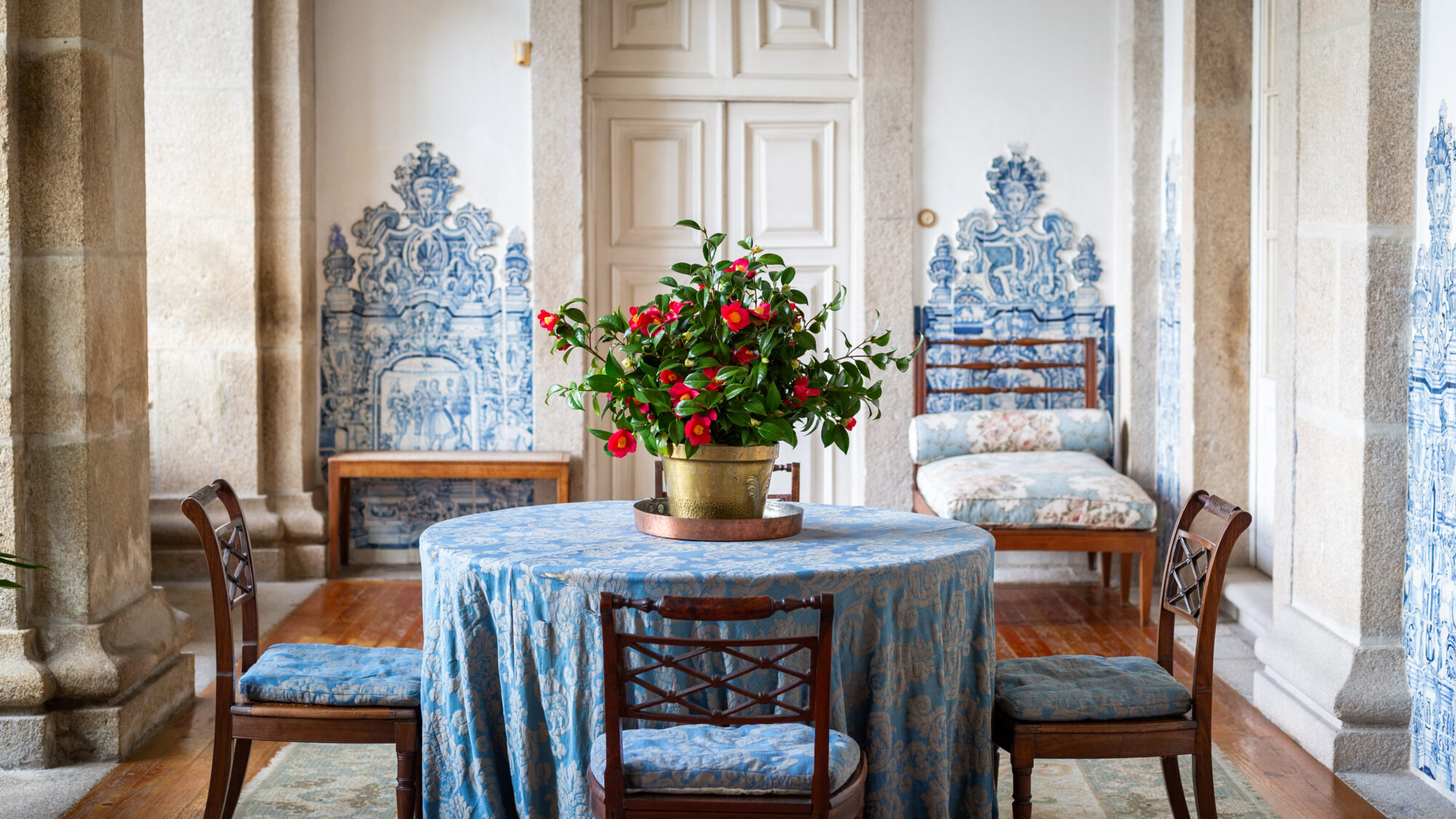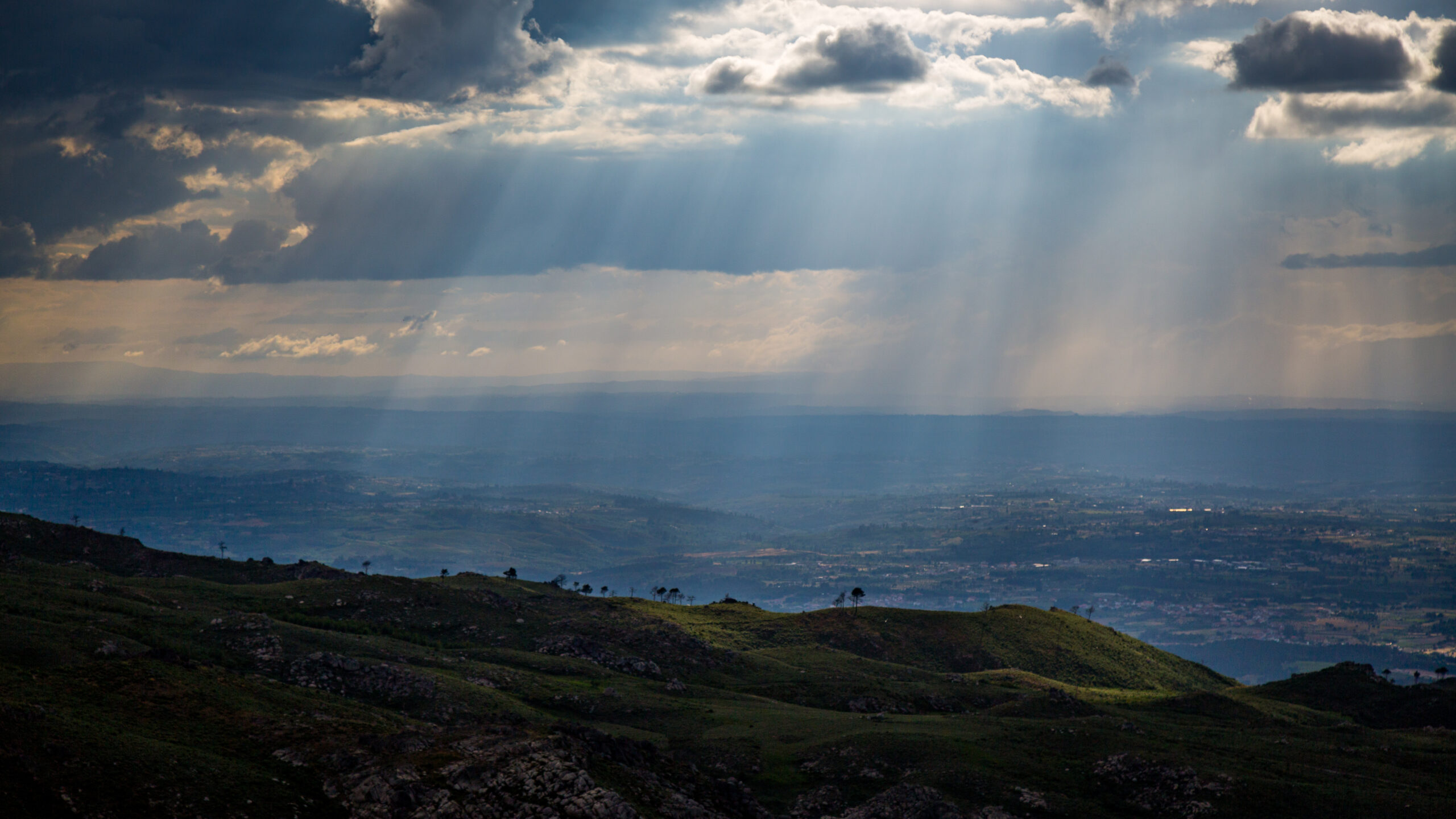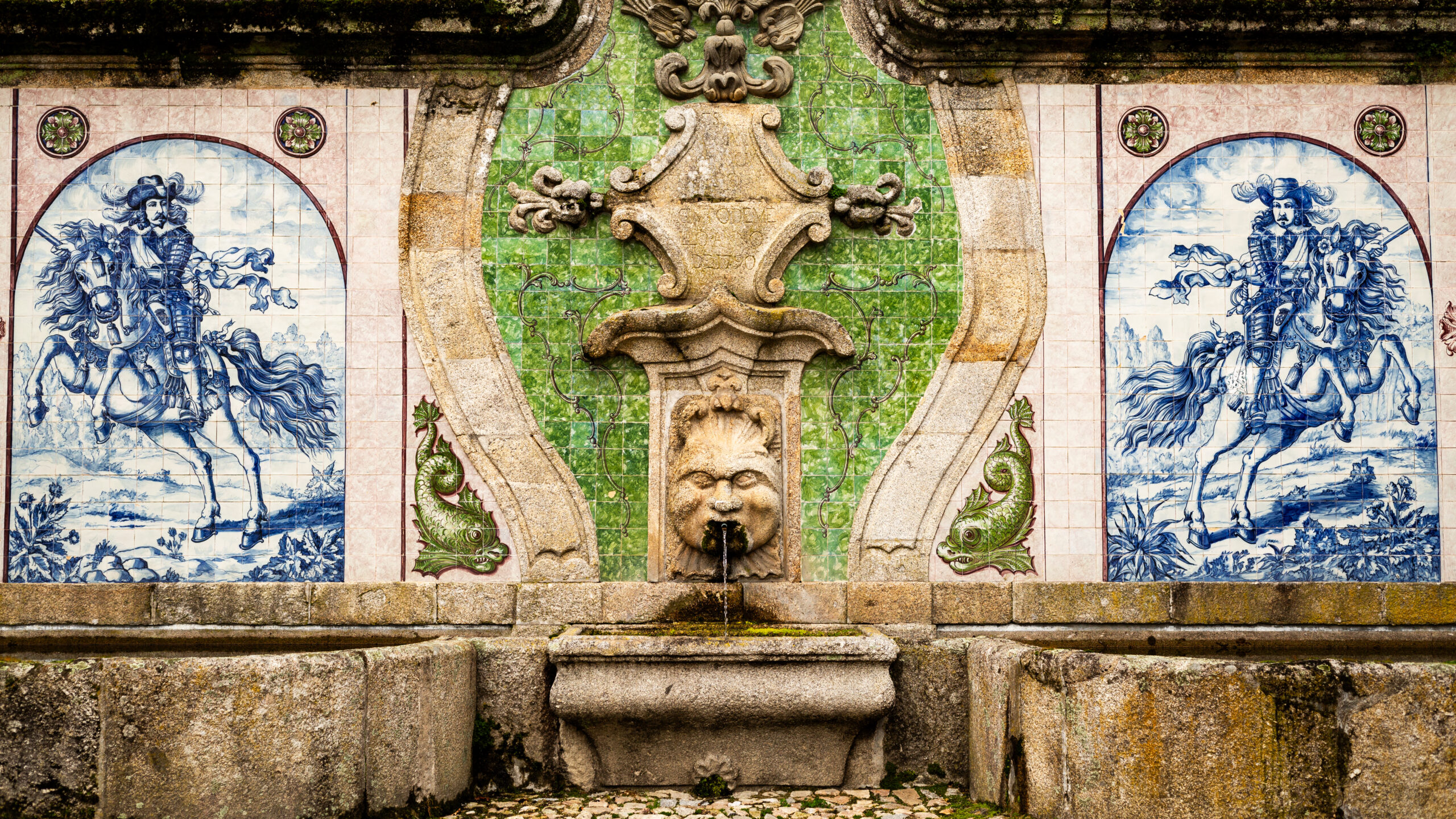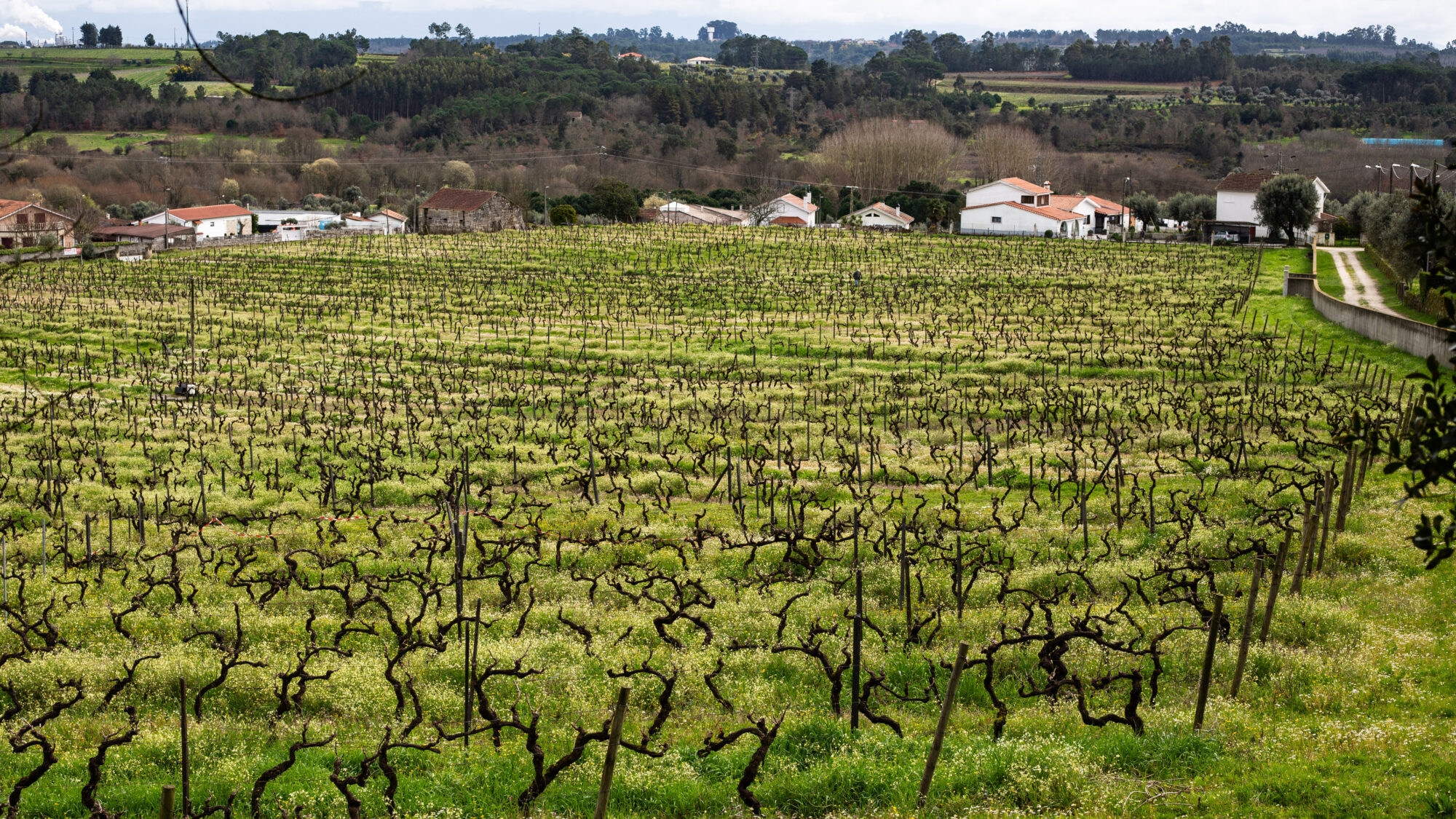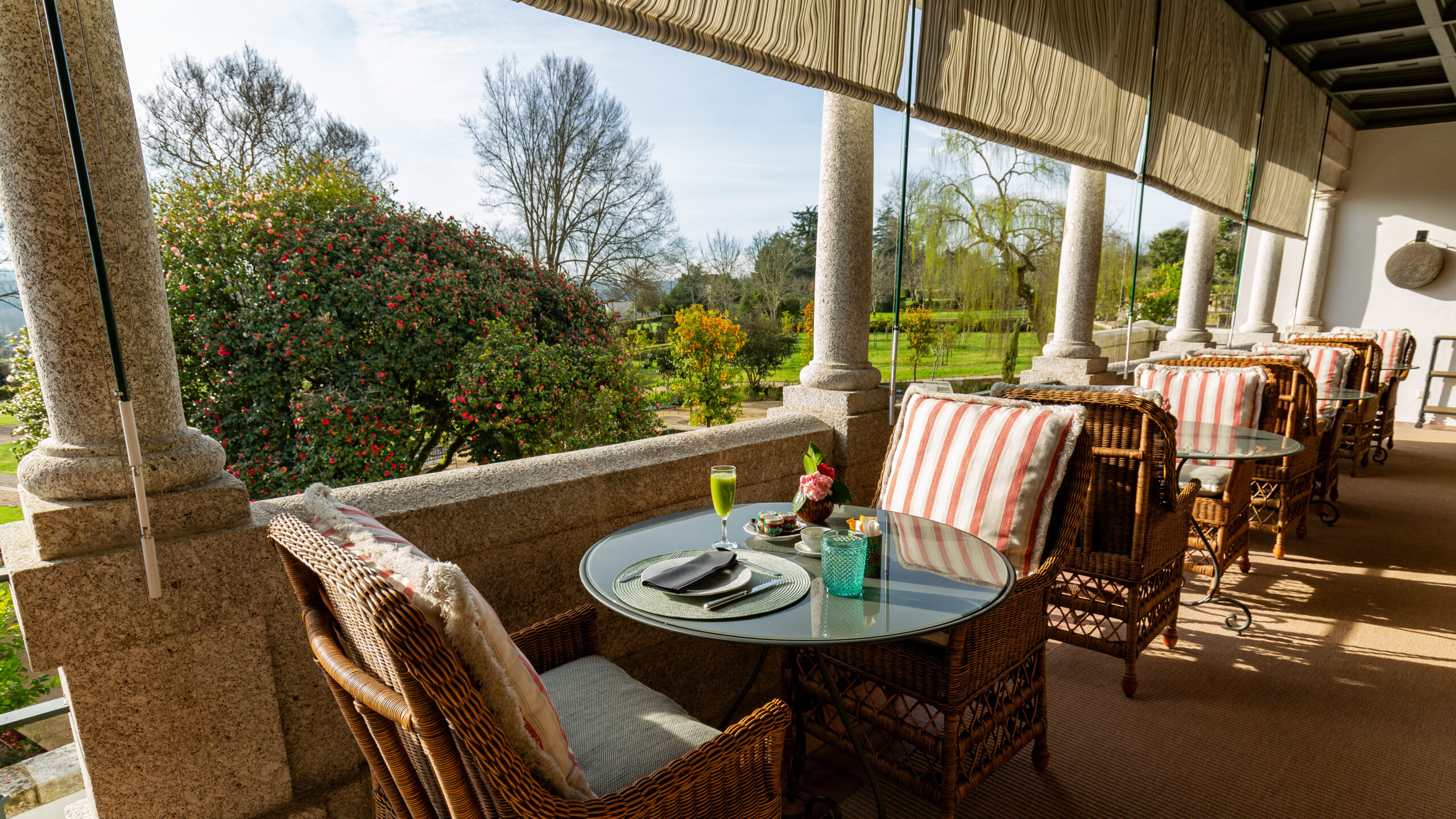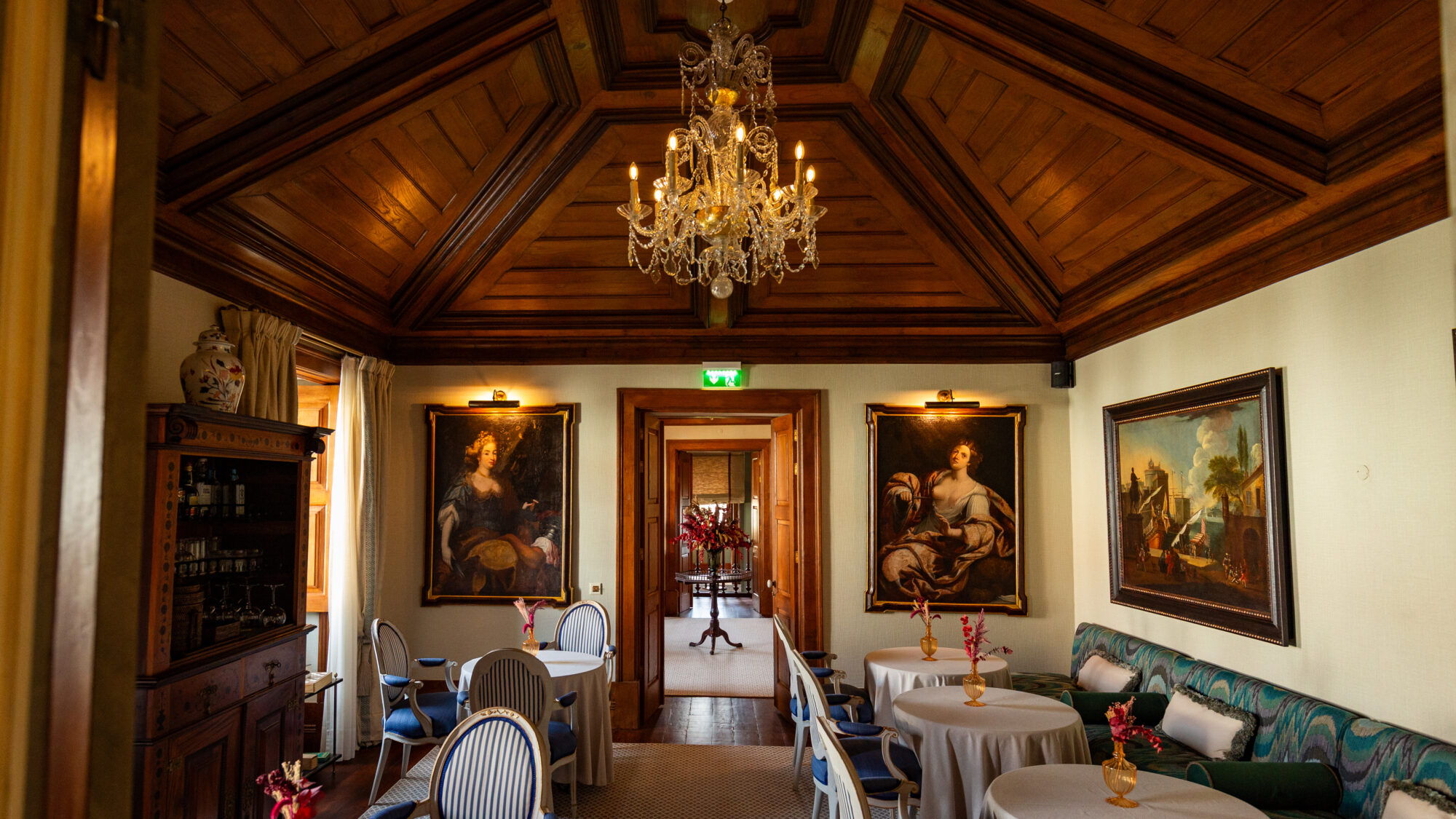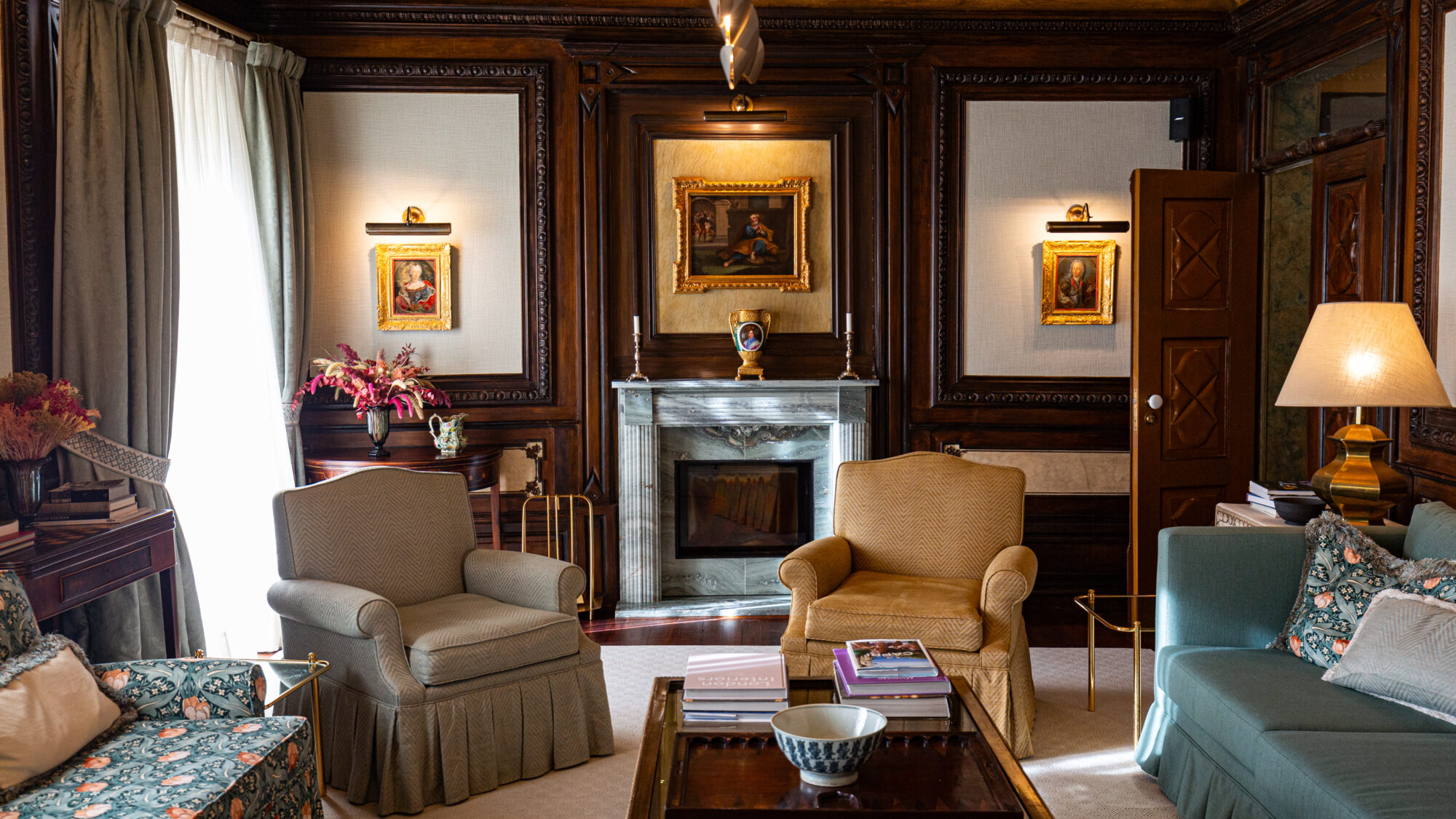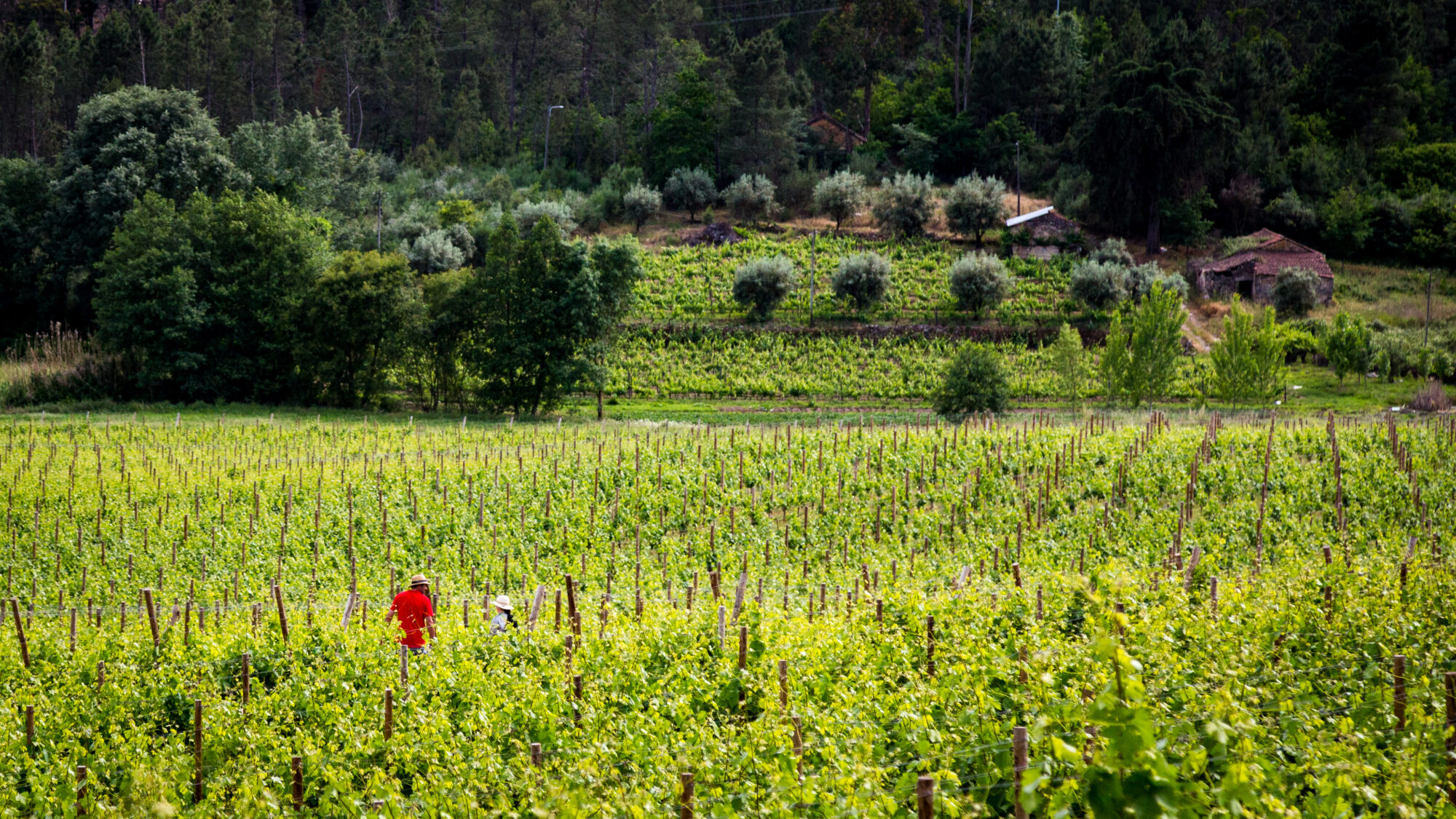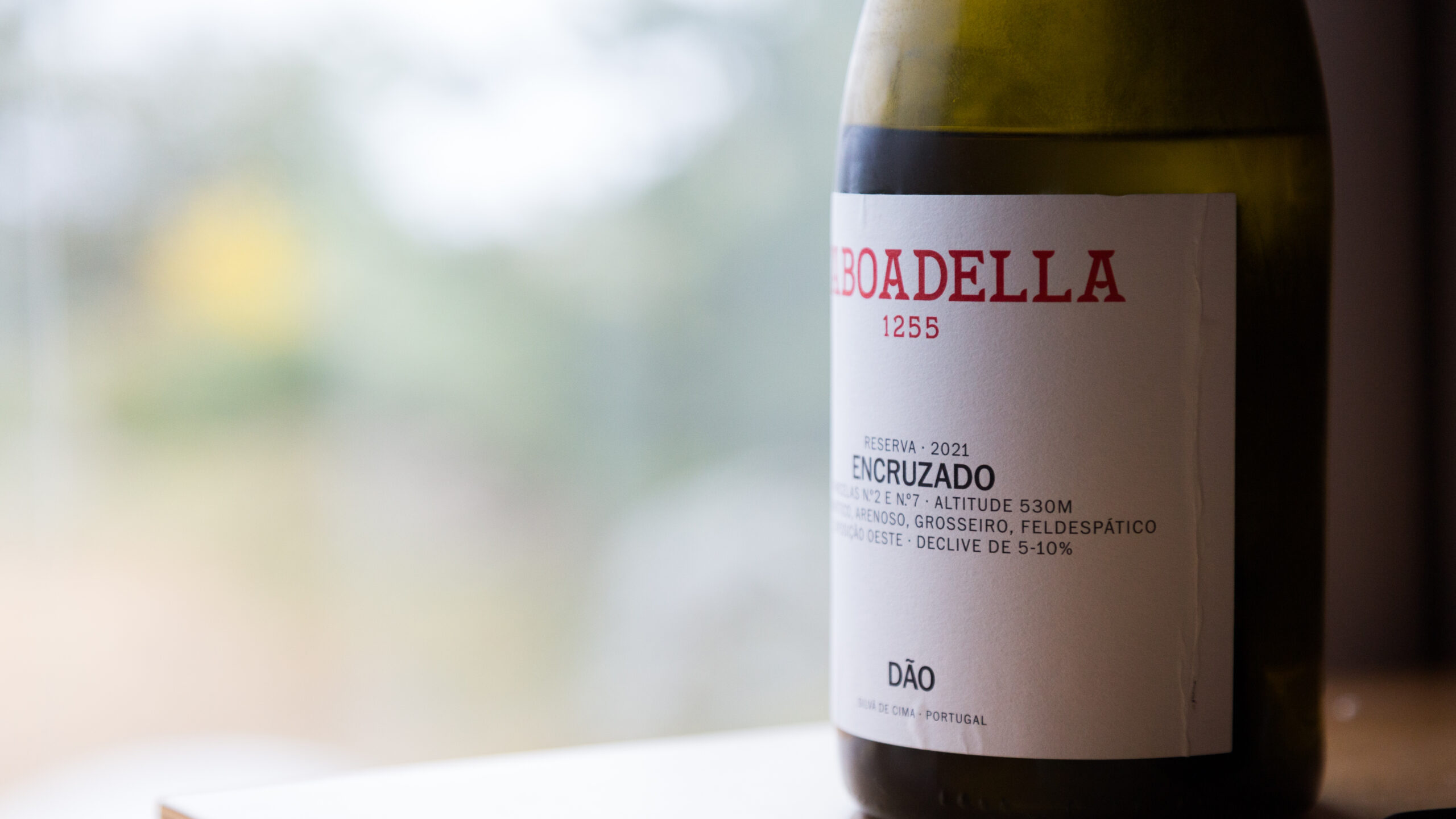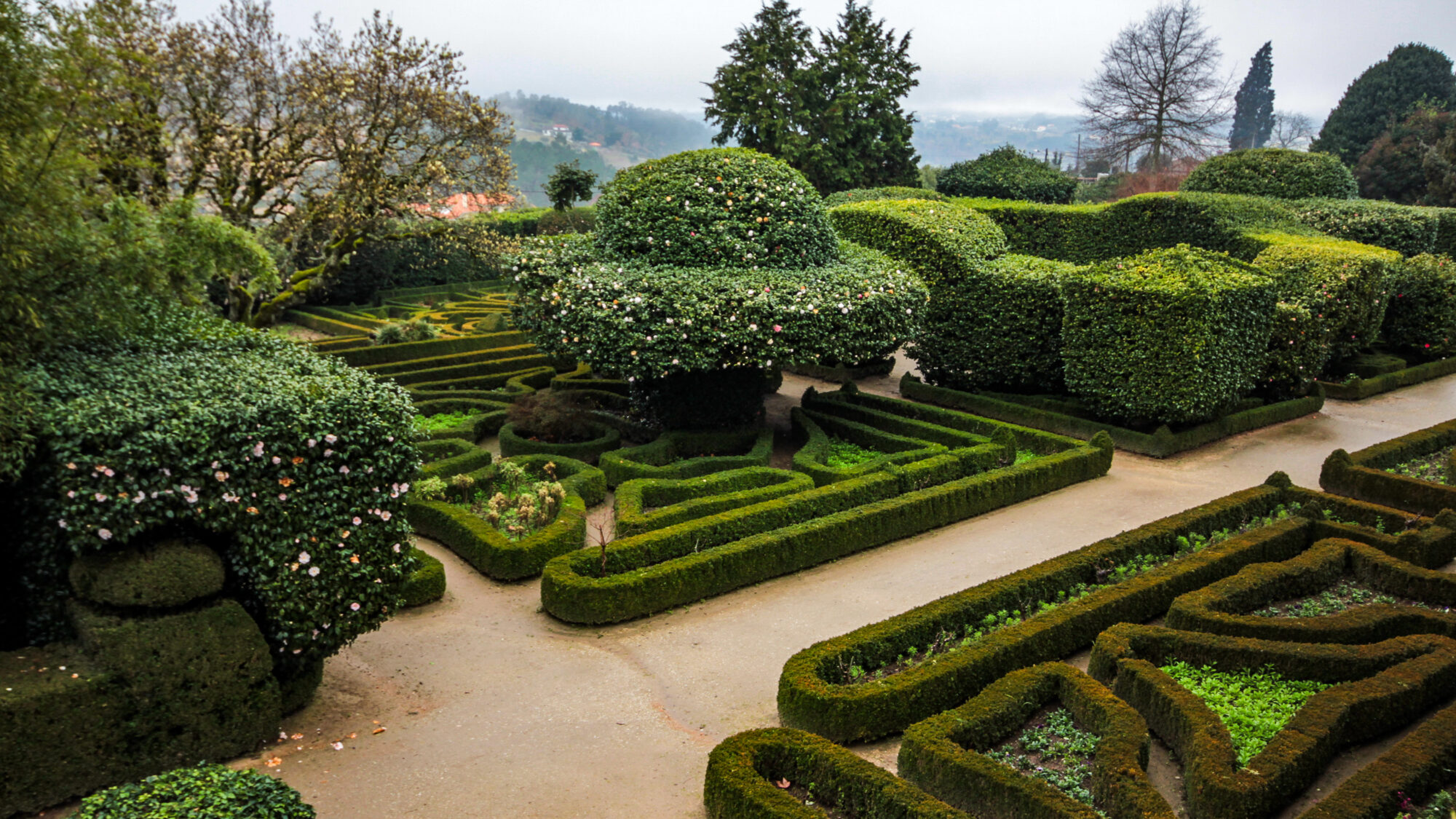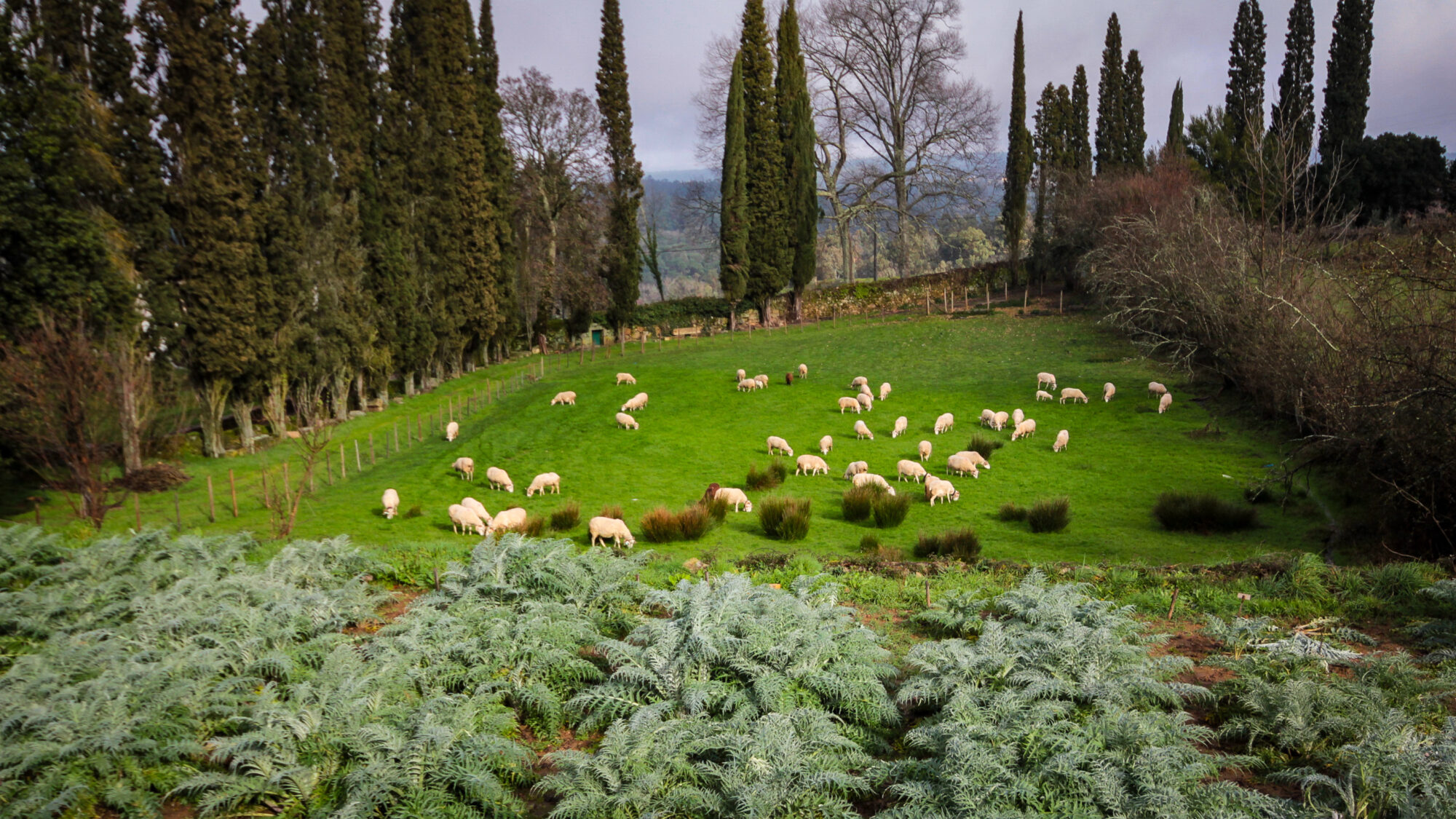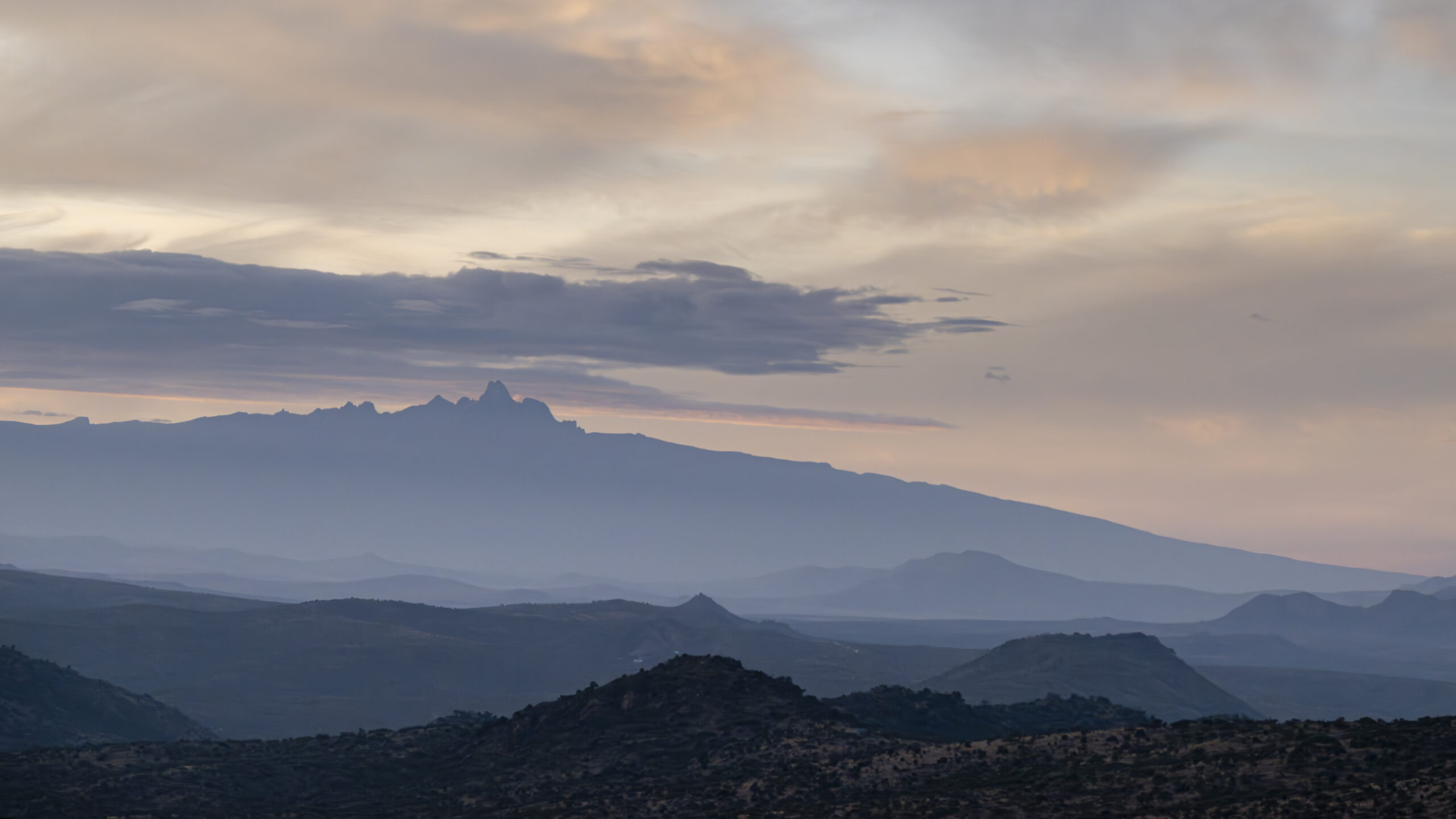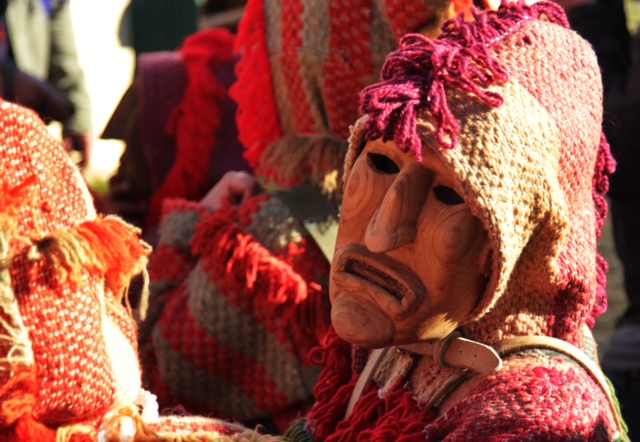A Dão For All Seasons, a Dão For All Reasons
I’m driving on secondary country lanes, having just taken an exit north of Coimbra, on Portugal’s A1 tollway that joins the capital to coastal Porto, some three hours’ journey. As often happens when driving through this country, take just about any random turn, and modern efficient roads are quickly replaced by rolling hills with endless lanes of well clipped and trained vines, and with simple and stately homes that would not look out of place in New England. My first foray into this region was ten years ago, but it has quickly landed a special place in my heart for what the “real” Portugal has to offer those willing to take the road less travelled. If there’s one thing I’ve learned from 20+ years of travelling around Portugal is just how dense this country is in historic palaces, convents, and aristocratic estates, often in beautiful decay, wearing the stains of moss and mould that a century without a Monarchy inflicts.
When you arrive in Santar, aside from the swelling fields of grape vines that stretch as far as the eye can see, the first thing you notice are the stately granite palatial homes, which have been undergoing a refurb in the past two years. Then you’ll see how these mansions, each belonging to different noble families and concealing beautiful gardens, are grouped rather close together, and interspersed with the more modest homes of what constitutes Santar’s 600 or so inhabitants. Most notably along the only main thoroughfare is a beautiful public fountain and behind it, the mansion that dominates the town which was the catalyst for my visit, the 17th century Casa das Fidalgas, belonging to the House of Bragança, the former ruling family of Portugal who fled to Brazil in 1910 bringing an end to nearly three centuries of rule and the millennial legacy of the Portuguese monarchy. Today, it is the new Valverde Santar, under the same stewardship as their flagship Lisbon hotel which is one of the top addresses in that city.
Staying in Santar is the chance to live your best Portuguese country life like a Duke. The Valverde’s painstaking restoration is evident in the original features of this royal country abode, and rooms are classic, comfortable, in muted colours and with just the right accents of antique furnishings to give an aristocratic air to the twenty rooms and suites. Using the Valverde as my base over the next several days, my digging around yielded interesting finds, and convinced me that the area is set to become a magnet for those who love history, gardens, and wine.
For this is the Dão – the unsung gem of Portugal’s demarcated wine regions, surprising given that it’s one of the oldest. Fine wines were being produced here, on small artistocratic estates such as those found in Santar, many centuries before anyone in the Douro even considered producing the lowliest plonk. The grape varieties here have unfamiliar sounding, often unpronounceable names: Afrocheiro Preto, Tinto Roriz, Baga, and the crown gem Touriga Nacional, which is grown today throughout Portugal, and is believed to have originated in the Dão. Meanwhile, Encruzado produces the singular whites of the region. Dão wines are pronounced and tannic, with excellent acidity and ageing potential. When paired with regional cheese such as the delightfully gooey Serra da Estrela (made with a vegetable rennet derived from locally grown cardoons), they’re extremely likeable.
A tour through the surrounding countryside is a lesson in Portuguese history: in nearby Penalva do Castelo, I stopped in to see the Casa da Insua, an 18th century Baroque palace, built by a noble military captain who made his fortune in Brazil. Today it is the only Spanish parador outside of Spain, and preserves the grandness of its aristocratic salons, and beautifully manicured gardens with hundreds of rare trees and flowers from the new world. I paid a visit to the recently opened Palacio Anadia, built by a 17th century aristocrat belonging to the Royal house and a Knight Templar. The adjacent farm and gardens surrounding the palace compliment the incredible collection of Portuguese azulejos (tiles) contained within, and the somber palace is straight out of a Bram Stoker novel. Another evening, cycling in a loop out of the Valverde brought me back via the Paço das Cunhas estate, one of Santar’s oldest vineyards, steeped in the history of the region. Marlene Sanches relates to me, as we’re walking around the property, that back in the 17th century the Cunha nobles backed the wrong horse (they sided with the Spanish King Felipe II during the brief period when Portugal was ruled by Spain), and were eventually driven out by the angry mob supporting the legitimate Portuguese king, when the Spanish were finally ejected from Portugal in 1640. Things are much less controversial today, with a stately granite fortress-like mansion that houses an excellent restaurant, and fields of grape vines in every direction. An adjacent property belonging to the Paço is the historic Casa de Soitos, with plans for a fine hotel in the works.
What will likely put Santar on the map however, is the wonderful garden restoration project still underway at the hands of noted landscape architect Fernando Caruncho, who has (with significant collaboration from the current Count of Santar & Magalhães) breathed new life to the aristocratic gardens of Santar, weaving together the strands of lush vegetation, vineyards, and the architecture of these traditional homes. The Santar Vila Jardim, is the place to start to understand what an under-appreciated and significant place Santar is.
A 20 minute drive in a different direction brought me to the Quinta do Lemos, belonging to the renowned Portuguese textile manufacturers of the same name. The winery estate is entirely modern in contrast to the traditional adegas I’ve seen around the Dão, and something of a show room for their products, with three amazing suites with floor to ceiling views onto the idyllic Dão countryside, sparsely furnished and dressed with the brand’s finest linens. Unfortunately you have to be a major textile purchaser to be able to stay the night there (as I was told), but luckily I was able to have an outstanding meal in their adjacent Michelin star restaurant, helmed by chef Diogo Rocha, producing a fabulous value tasting menu that I paired with the house’s Dona Giorgina wine.
Driving back for a soak in the Valverde’s lovely spa, I remarked on the lush vegetation of the area, with olive trees jostling for soil alongside rows of vines, and wondering to myself for how much longer will this area remain relatively undiscovered.
